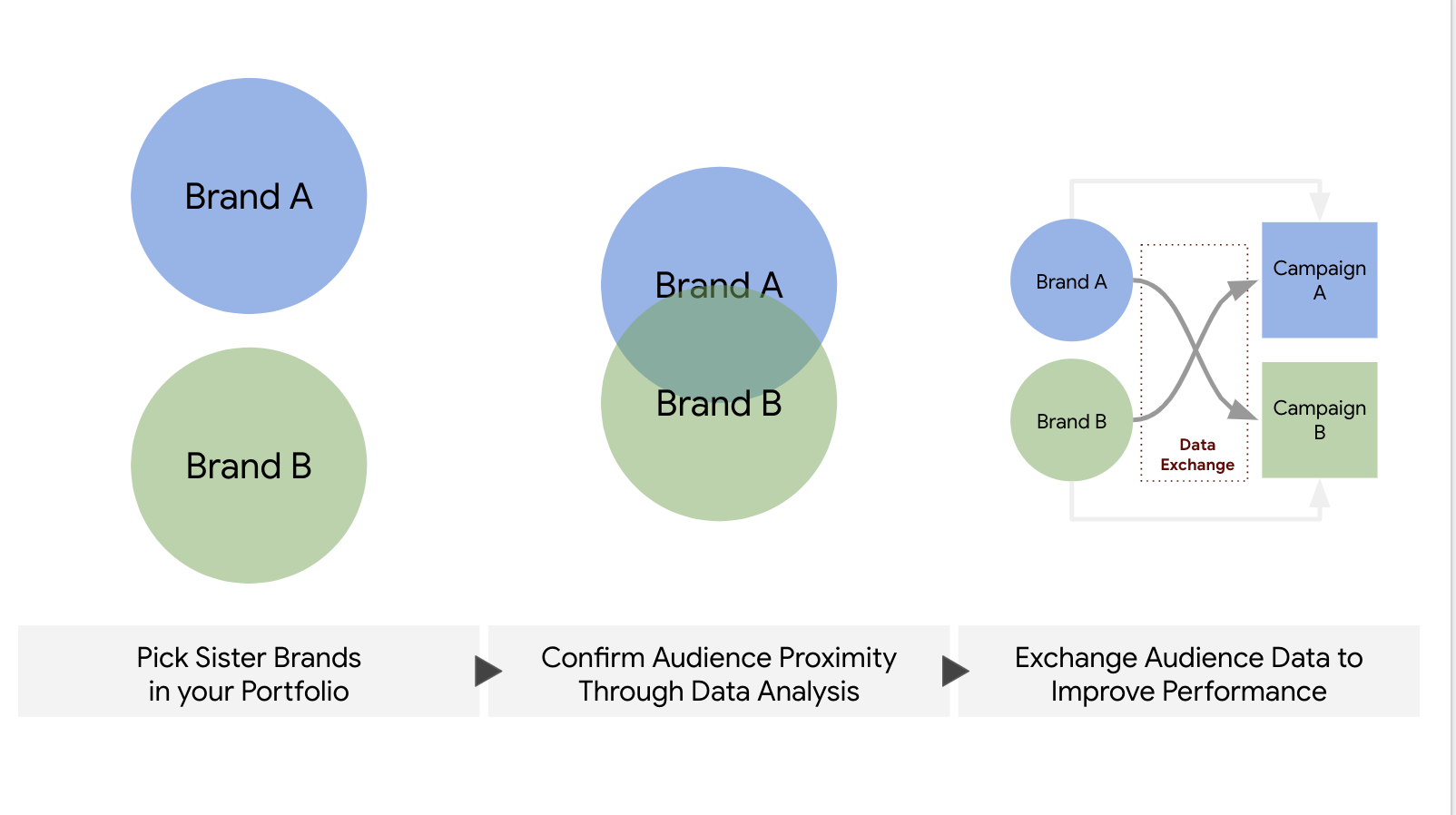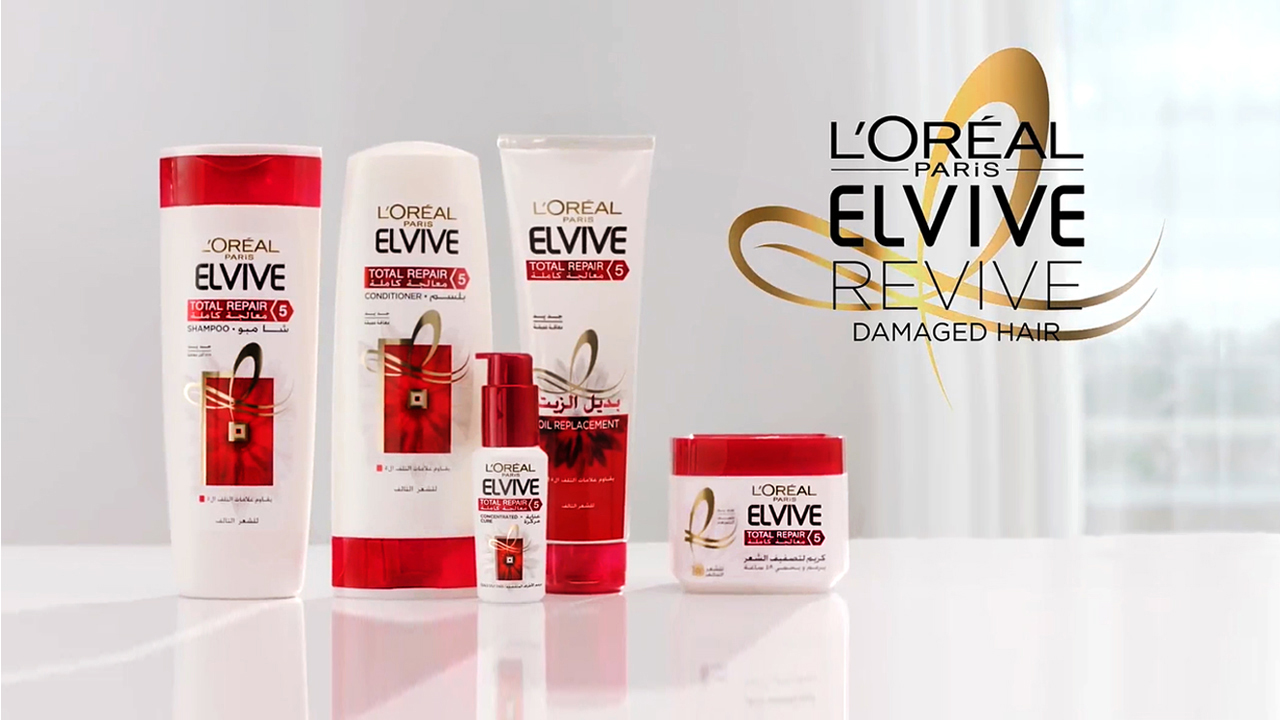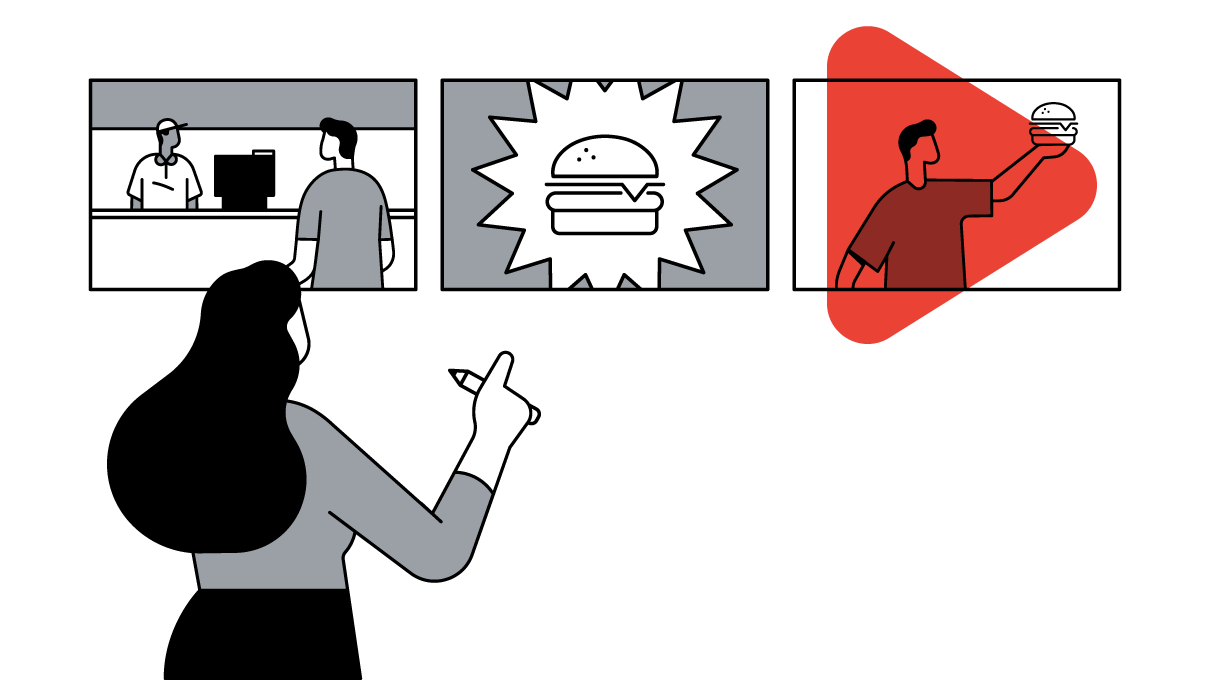Nestlé Middle East's Ramadan campaigns tested sharing online audience data between brands to evaluate brand proximity and assess if different brands within the umbrella group can collaborate on audiences to improve performance.
Understanding audience similarities across separate brands
As the largest F&B company globally and in the Middle East, Nestlé brings more than 50 popular brands across the nutrition, milks, confectionery, coffee, beverage creamers, culinary, water and cereals categories to local consumers, with virtually all households in the region counting at least one Nestlé food choice in their kitchen.
With such a large scope covering several food categories, Nestlé Middle East wanted to understand if there were any similarities between its different brands’ audiences.
Mapping the audiences first, and then seeing the brand overlap, was key to the success of this campaign
“Would a KitKat audience be interested in Nescafé as a product, for example?” Wassim Barbara, Media Manager, Nestle Middle East, asks. “Would a mother cooking a Maggi recipe be interested in a dessert recipe from our Sweet and Condensed Milk (SCM) product line to complement her dinner table? To understand this, we partnered with Google to experiment and see if there were any similarities between our different brands’ audiences, and whether these brands can share data to improve performance.”
With a core focus on bringing more relevant content to audiences, Nestlé Middle East’s main motivation was getting brands to collaborate on audiences during Ramadan , “sharing audiences on brands we know have audience overlaps so we could propose our different offerings in a more relevant manner, tailoring content to consumers’ online state of mind,” Naji Ghaziri, Digital Marketing Manager, Nestle Middle East says.
Were there similarities between our different brands’ audiences? Can they share data to improve performance?
Quantifying overlapping cross-brand opportunities
Recognizing the importance of testing cross-brand audience data, Nestlé Middle East reached out to Google “to better understand audiences and how we could utilize them across the different media platforms that we use for our brands daily,” Wassim says. “We then took a deeper dive into our own assets to see the audience pools available to each brand and explore any similarities. This allowed us to better quantify the overlapping opportunity between our brands’ online audiences and identify potential brands for the experimental campaign.”
Audiences always come first
Knowing that certain separate Nestlé products have audiences with similar traits, Nestlé Middle East reached out to online consumers to expose them to cross-brand marketing in the hopes of increasing online media buying efficiency, as well as staying relevant.
“Looking at audiences outside of the brand bubble first, and centering on some of our most popular products – KitKat, Maggi, SCM and Nescafe – we recognized the importance of maintaining consumer focus, rather than brand focus, to ensure the creation of a successful, audience-targeted, multi-brand journey,” Adil Showkat, Digital Director, Zenith says. “Mapping the audiences first, and then seeing the brand overlap, was key to the success of this campaign.”

And so, during Ramadan, a major advertising period for F&B in MENA, Nestle decided to put its assumption to the test. Working with Zenith (its media agency) and Google, Nestle determined which of its core brands have audience similarities, then went ahead in setting up a test where each brand would benefit from its sister brand’s audience, and compare it to its traditional audience targeting approach. 3 tests were launched in Ramadan to assess performance, and see if brands moving forward can begin sharing data with each other.
Results were impressive, with all featured brands seeing a rise in completion rates (24%-40% improvement), and for brands focusing on performance, a 15% increase click-through rates, and a 30% decrease in cost/conversion.
Moving from demographics-based audience targeting to audience targeting
Naji says that finding a way for Nestlé’s brands to build connected journeys between each other helped further cement the company as a true household name, with multiple products making a difference to consumers throughout their day.
“This experimental campaign showed us that our brands don’t speak to a siloed target audience online,” Wassim says. “Moving forward, we’ll be doing further tests to understand how else audiences impact our online performance, how does first party data stack up together, and we’ll be shifting our mindset from a demographic-targeted approach to a more interest-based one, taking a step further to look at it at a portfolio level.”







